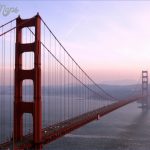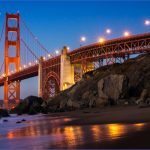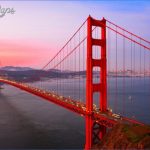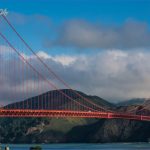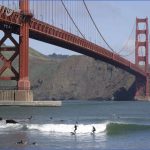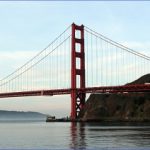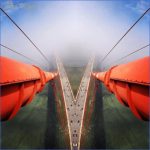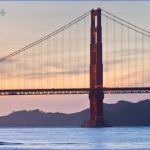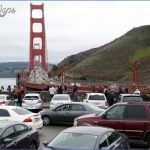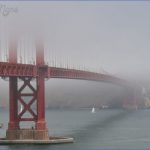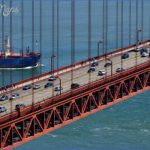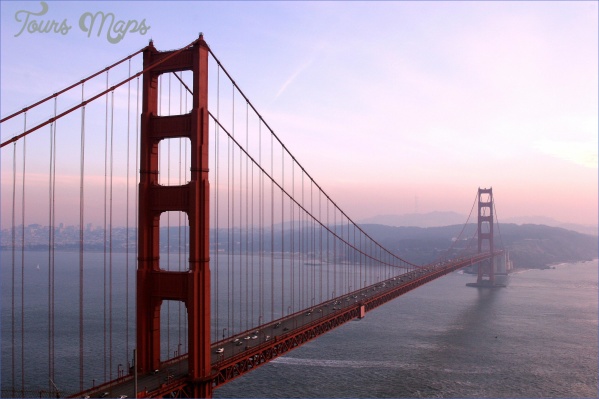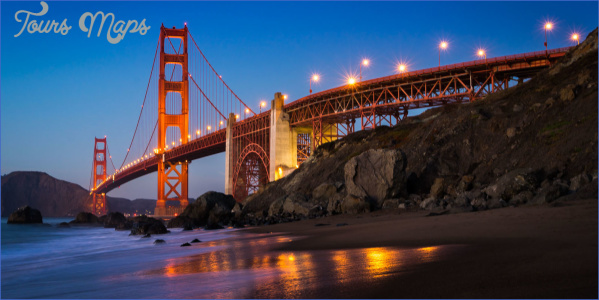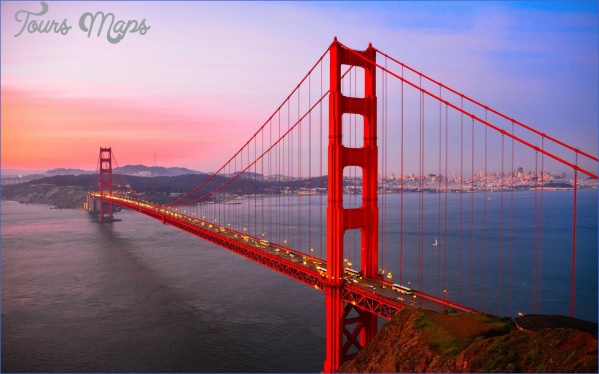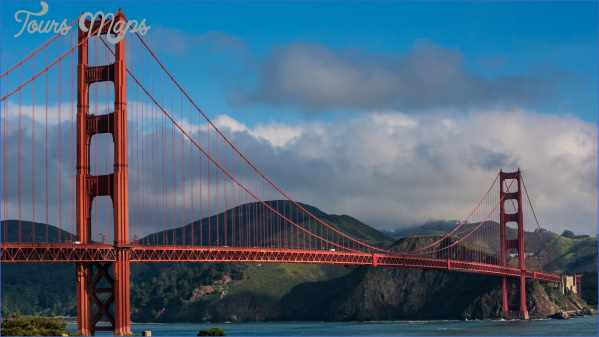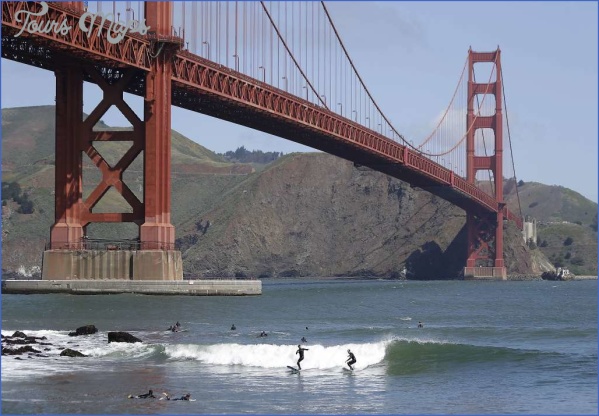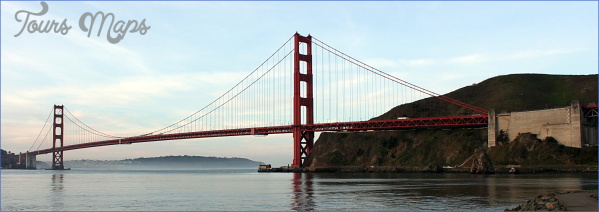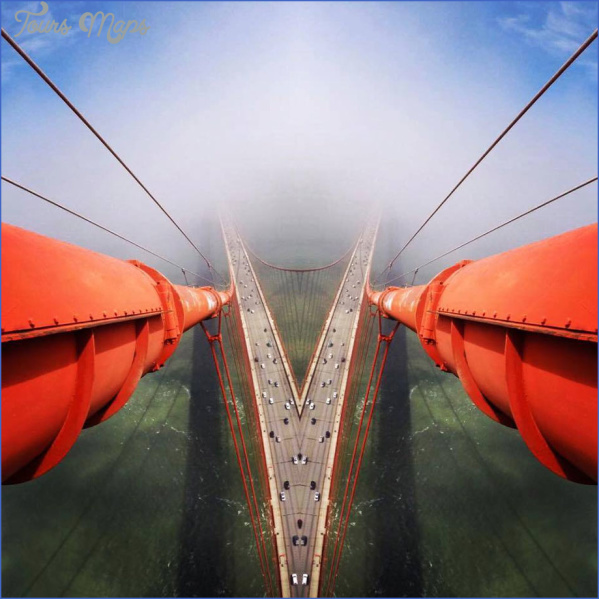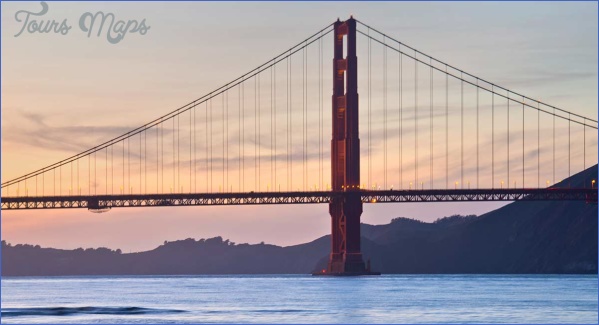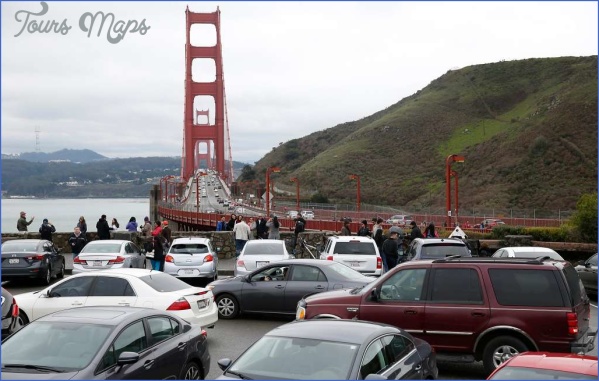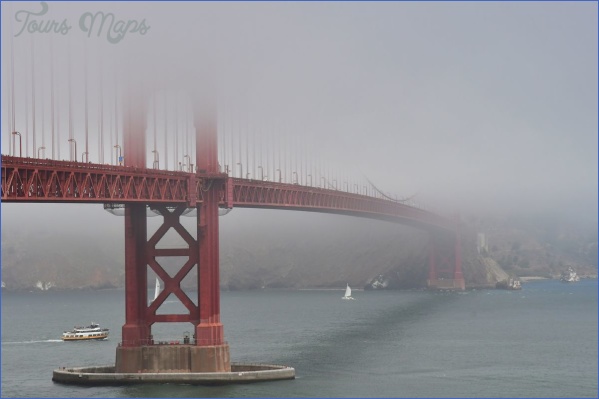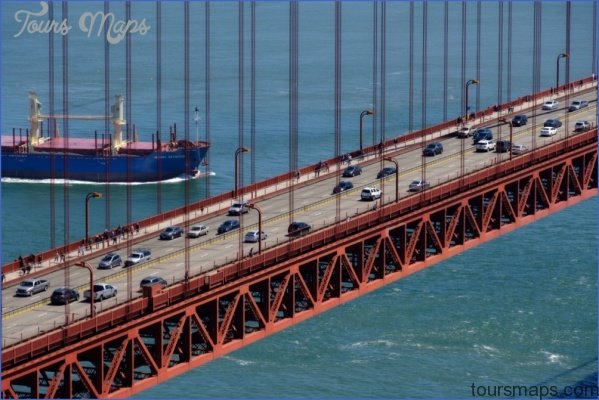Master Map San Francisco Region Downtown San Francisco Golden Gate Park East Golden Gate Park West Crissy Field and the Presidio Ft. Mason to Fisherman’s Wharf Marin Peninsulas Region Marin Headlands Angel Island Bay Wetlands Region San Pedro Ridge and China Camp Mount Tamalpais Region
Golden Gate Bridge Photo Gallery
Midway along the Coast Range of California is a single opening one-mile wide called the Golden Gate. The rainwater that falls on half the state meets the Pacific Ocean at this opening, a constant ebb and flow, creating a vast system of rivers, streams, bays, marshes and lagoons. To the north and south of the Golden Gate are the Marin and San Francisco peninsulas. Prior to the building of the Golden Gate Bridge in 1937, land travelers needed to make a trip of some 200 miles around the bays to get across the strait.
Making this spot more dynamic is what lies beneath the surface: Under water just offshore from San Francisco and running through the western part of Marin County is the San Andreas Fault, where the two largest of the earth’s twelve continental plates come together. Occasionally the plates move. In 1906 the entire spring-loaded landmass of the Point Reyes Peninsula lurched 20 feet in a matter of seconds. So, inherent in the awe of all that is wonderful about San Francisco is the knowledge that it can all come down like a house of cards.
The Golden Gate’s physical dynamic, as incredible as it is, has been matched by its human history. In the mid-1800s, the region was part of Mexico, and had been for 70 years. Mexico was preparing for a showdown with the Russians, who were settling the lands north of Marin County. But when gold was discovered, the Americans sailed a superior force through the Golden Gate and claimed California for the United States.
Into the Golden Gate during the decades following 1850 rushed the largest voluntary human migration in recorded history. And going out the gate during those same years, not coincidentally, was the gold and silver dug from the mines of the Mother Lode and Comstock Lode in the Sierra Nevada, to this day the richest deposits ever discovered. In a single generation, San Francisco morphed from being a fishing village to one of the largest cities in America.
Maybe You Like Them Too
- Arnold A Town with a Heart
- Map of New York City – New York City Guide And Statistics
- Map of San Francisco – San Francisco Map Free
- Coolest Countries in the World to Visit
- The 10 Best American National Parks to Visit

